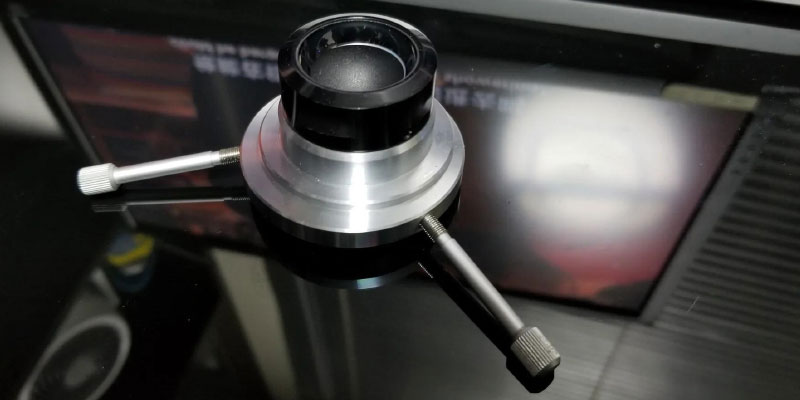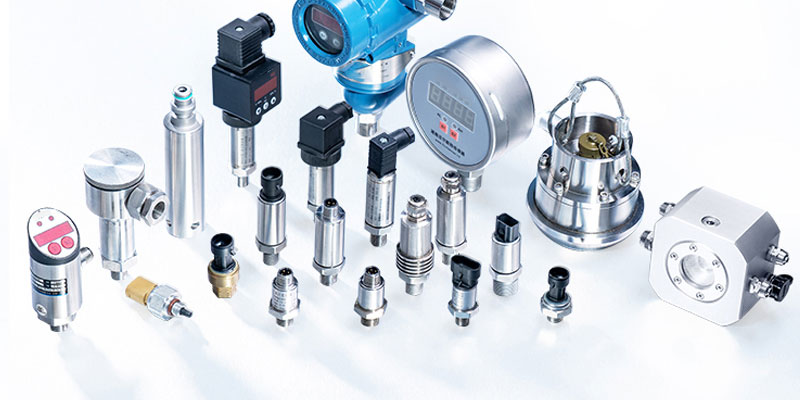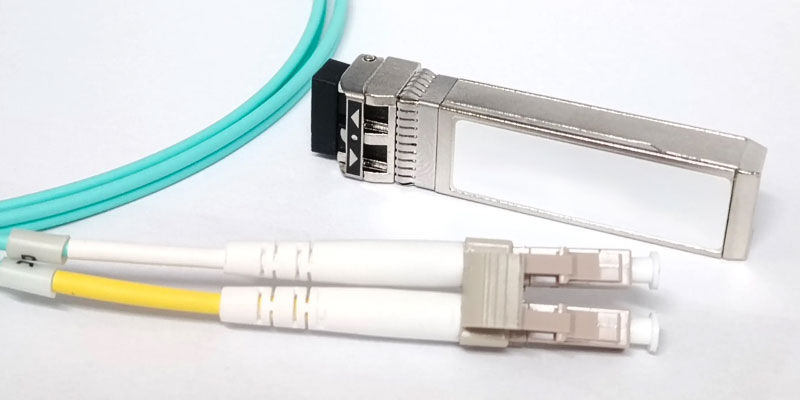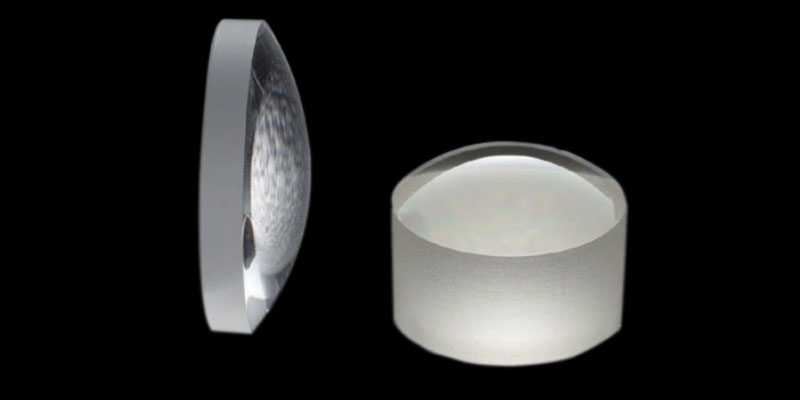
A spherical lens is an optical lens used to correct vision problems such as myopia or hyperopia. It is divided into convex and concave lenses and is commonly found in eyeglasses or medical examinations.
1.Definition and Types of Spherical Lenses
A spherical lens is a type of optical lens with a surface that follows a regular spherical curvature. Based on their shape and function, they are primarily divided into two categories:
Convex lenses (positive spherical lenses): The center of the lens is thicker, and the edges are thinner, used to correct hyperopia (presbyopia).
Concave lenses (negative spherical lenses): The center of the lens is thinner, and the edges are thicker, used to correct myopia.

2.The Role of Spherical Lenses in Vision Examinations
In the medical field, spherical lenses are one of the core tools for vision examinations:
Determining refractive error: By adjusting the focal length of the lens, optometrists can accurately measure a patient’s refractive error, i.e., the degree of myopia or hyperopia (e.g., “-3.00D” indicates 300 degrees of myopia).
Correction assessment: Doctors will select appropriate spherical lenses based on the patient’s visual needs (e.g., reading, driving) to conduct vision correction tests.
3.Correction Principles and Usage of Spherical Lenses
Optical Principle: By utilizing the refractive effect of the lens curvature on light rays, the focal point of light entering the eye is adjusted to ensure the image is accurately projected onto the retina, thereby improving blurred vision.
Wearing Precautions:
Professional eye examination is required to avoid self-selected prescriptions that may strain vision.
First-time wearers may experience mild dizziness or visual distortion, with an adaptation period typically lasting about one week.
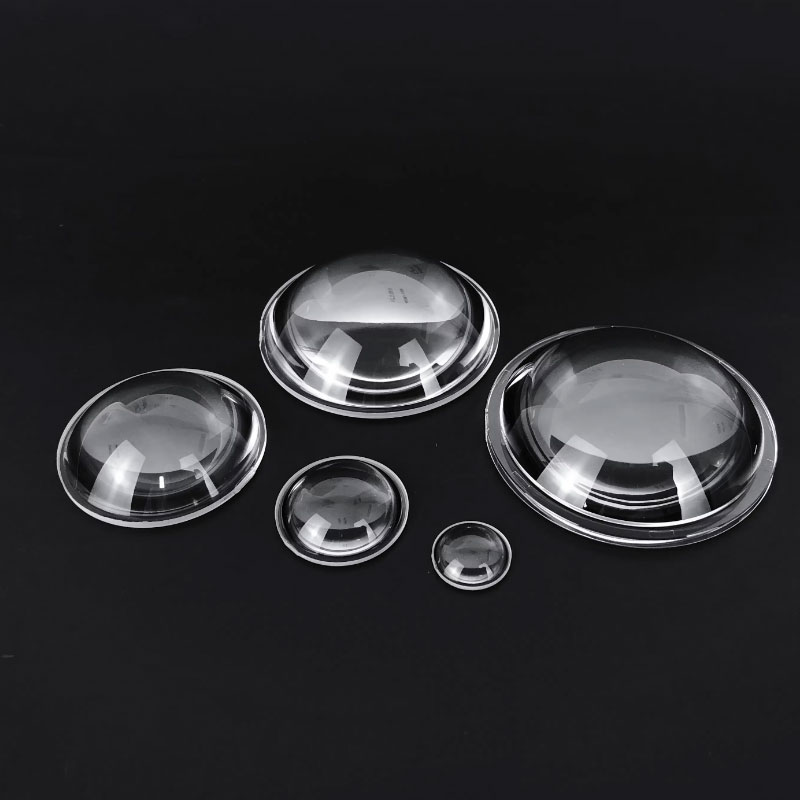
4.Daily Eye Care and Scientific Lens Usage Recommendations
Avoid prolonged eye use: After every hour of eye use, it is recommended to rest your eyes by closing them or looking into the distance for 5–10 minutes.
Control environmental lighting: Avoid reading or using electronic devices in overly dim or brightly lit environments.
Regularly check your vision: Myopic or hyperopic patients should undergo at least one eye examination per year to adjust lens parameters based on changes in vision.
optlenses
Related posts
What Does The Condenser Do On A Microscope?
What Is An Adjustable Diaphragm On A Mobile Phone?
What is Fiber-optic Pressure Sensors?
What is Optical Burst Switching?
